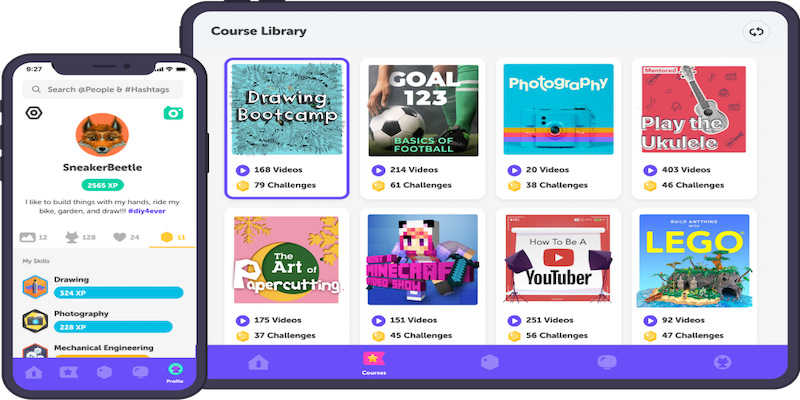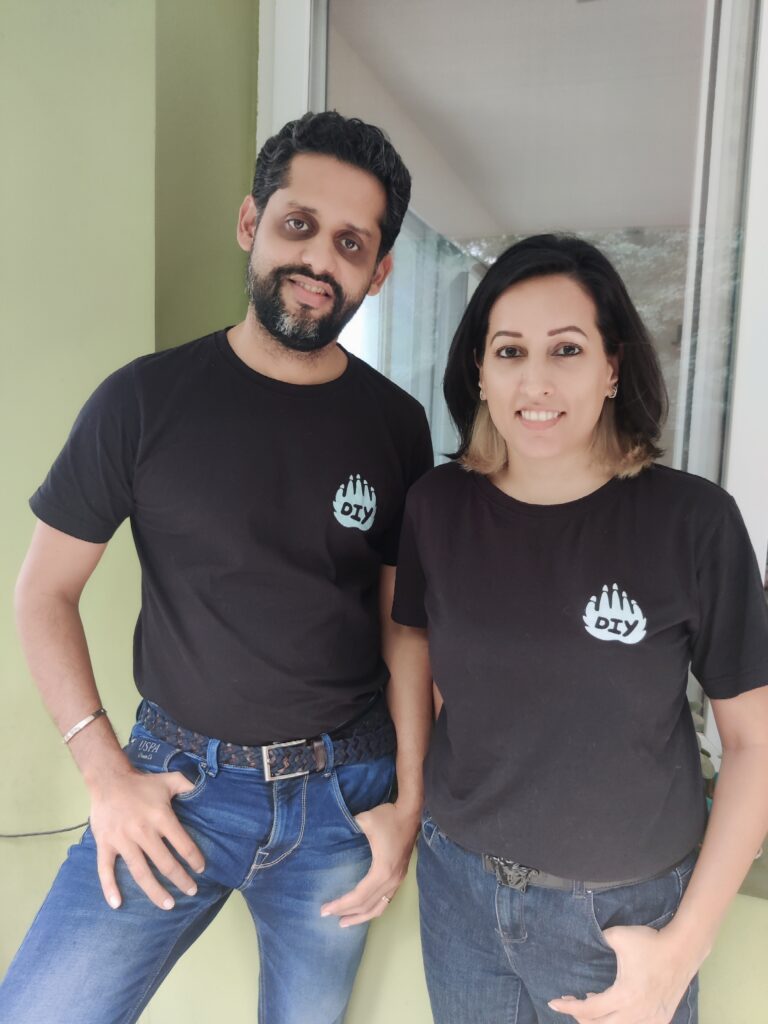
DIY.org, a transmedia company in the learning space for kids recently expanded its content portfolio to launch DIY TV, an S-VOD platform exclusively for kids. Having inspired over 700,000 kids and families from over 160+ countries to discover new skills and explore new areas of project-based learning, the company is on a quest to connect with the kids all across the world with its new offering DIY TY.
In conversation with AnimationXpress, Co-Founder and CEO Bhavik Rathod revealed as to what led to the germination of this idea of catering to the kids. He cites that 98 per cent of the kids have access to a screen today and one can’t ignore the fact that the usage of gadgets and alternative screens are on the rise when it comes to the kids’ generation.
He adds, “However, most gadget use by kids today is geared towards passive consumption of content, which doesn’t contribute to their learning or development in any way. Furthermore, with the pandemic, parents are realising that the future of education is a hybrid between off-screen and at DIY, we choose to believe in the power of good screen time, where the content inspires action.” According to him, parents are comfortable with the access to DIY because it’s a safe and moderated platform for like-minded and like-aged kids, and are seeing their kids engaging with a larger library of content, which wasn’t possible earlier, and learning by doing.
Undergirding their endeavour is their fundamental thesis that kids can learn by doing and therefore, all content on DIY is geared towards exactly that. “Whether it’s a course, a show, or a challenge or project, all the content as part of DIY’s library is meant to inspire learning amongst the kids that watch it, and give them enough tools to be able to create based on what they’ve learned, and share it back with the community,” he shares.
Giving examples of the kind of content they will be offering children, he shares, “Our content is highly diversified and we put the children on DIY first when creating or curating content for them. Our courses fall under multiple categories, ranging from STEM to Life Skills and Culture, and even Performing Arts and Arts & Crafts. So a child on DIY could learn the basics of Scratch Coding, and also explore the world of Beatboxing or Speed Cubing on the same platform. We are also hoping to introduce courses in advanced levels of Animation and Digital Art, and will also be bringing in different fields such as Podcasting and LEGO building. Our shows are across live-action, animation, fiction and non-fiction formats, as part of DIY TV. These shows range from short format explainers, to Art & Craft led series, and even animated adventure stories with life lessons built in. In the project-based learning segment, we are hoping to grow our Peer-To-Peer sessions, where the kids within the community learn from each other and bring the best of their knowledge and talents to the fore.”
Our core philosophy at DIY, he shares, is to promote learning by doing. He shares, “As an example, our course on Cartooning, which was made in India, is watched by kids from around the world, and a child from the US, sees a challenge from the Cartooning course, and tries it in their own style and shares it back with other kids on the platform – that’s learning by doing, and doing that was inspired by watching a piece of content.”
Apart from content, they also aim to equip kids with mentorship by experts, he shares, “In terms of mentorship, we bring on mentors in all fields, who are experts at what they do. These mentors go through a rigorous screening before they are chosen to mentor the kids, and are also assessed on how engaging they can make that experience for the kids on the platform. Our in-house teams of mentors and moderators ensure that kids are not only safe when sharing their creations, or participating in these sessions, but they also provide timely and effective feedback to the kids on their executed projects.”
Curation of content on DIY TV is rooted in rigorous research and consultation. He informs, “We look at the trends that are prevailing among kids, and track them across YouTube and Google, among other platforms. And we also have conversations with parents and kids, collecting that feedback and calculating it in the form of our NPS. We also speak to content creators who are experts in their field about what they believe would work best for kids and for the platform. And finally, we have a few people at DIY who are parents and whose kids are users on DIY, so we receive first hand feedback from them as well.”
DIY TV is off to an overwhelming start, he shares, with close to 100 hours of content added to the platform since November 1st. Thousands of users have watched multiple shows so far, and the team at DIY is looking forward to an upward growth trajectory.


